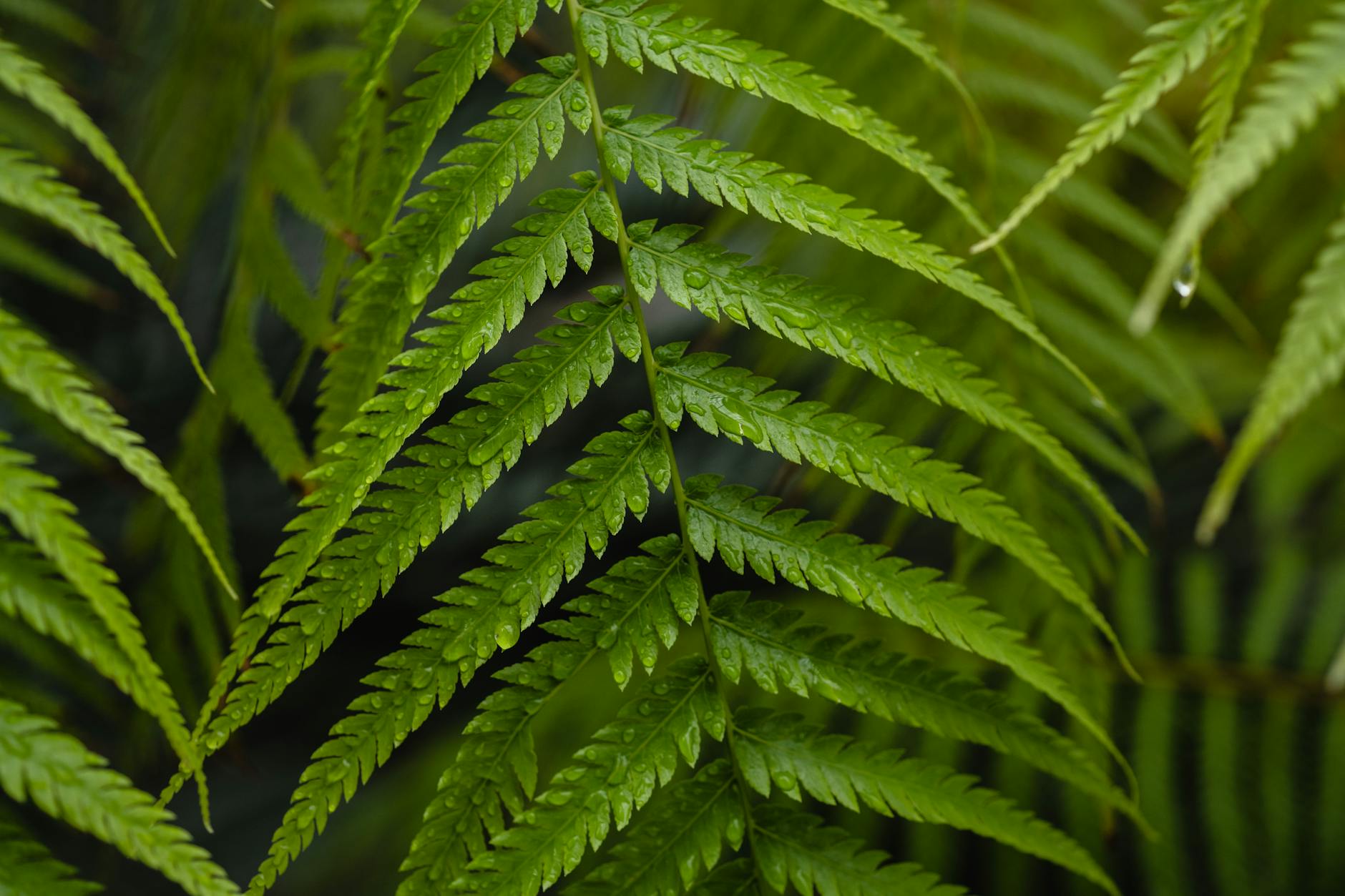In today’s fast-paced world, where time is a precious commodity, maintaining a lush and thriving garden can sometimes be a challenge. However, with the advancement of technology, automated plant watering systems have emerged as an effortless solution for ensuring your greenery stays healthy and vibrant with minimal effort. These innovative systems take the guesswork out of watering, providing plants with the right amount of water at the right time. Let’s explore how automated plant watering systems can transform your gardening experience.
Benefits of Automated Plant Watering Systems
Automated plant watering systems offer a range of benefits that make them an attractive option for both experienced gardeners and novices alike. One of the primary advantages is the convenience they provide. Instead of having to manually water your plants on a regular basis, these systems automate the process, freeing up your time for other activities. This is especially helpful for individuals with busy schedules or those who travel frequently.
How Automated Plant Watering Systems Work
Most automated plant watering systems consist of a network of tubing or pipes connected to a water source and equipped with a timer or sensor that regulates the flow of water to individual plants. These systems can be customized to deliver specific amounts of water based on factors such as plant type, soil moisture levels, and weather conditions. Some systems even come with smartphone apps that allow you to control watering schedules remotely, giving you greater flexibility and control over your garden maintenance.
Types of Automated Plant Watering Systems
There are several types of automated plant watering systems available on the market, each with its own set of features and benefits. Drip irrigation systems, for example, deliver water directly to the base of each plant, minimizing water wastage and reducing the risk of fungal diseases. Sprinkler systems, on the other hand, are ideal for larger gardens or lawns and can cover a wide area with a uniform distribution of water. Other options include soaker hoses, micro-spray systems, and self-watering pots, all of which offer unique advantages depending on your specific gardening needs.
Choosing the Right Automated Plant Watering System
When selecting an automated plant watering system for your garden, it’s essential to consider factors such as the size of your garden, the types of plants you are growing, and your budget. Drip irrigation systems are well-suited for vegetable gardens and flower beds, while sprinkler systems are more suitable for grassy areas. If you have a small balcony or indoor plants, self-watering pots or micro-spray systems may be the perfect solution. Whichever system you choose, be sure to read the manufacturer’s instructions carefully and adjust the settings as needed to ensure optimal performance.
Conclusion
Automated plant watering systems offer a convenient and efficient way to keep your garden looking its best without the hassle of manual watering. Whether you have a sprawling backyard garden or a few pots on your balcony, these systems can help you achieve lush greenery with minimal effort. By investing in an automated plant watering system tailored to your garden’s needs, you can enjoy the benefits of healthy, thriving plants year-round. Embrace the ease and convenience of automated plant watering systems and watch your garden flourish effortlessly.



